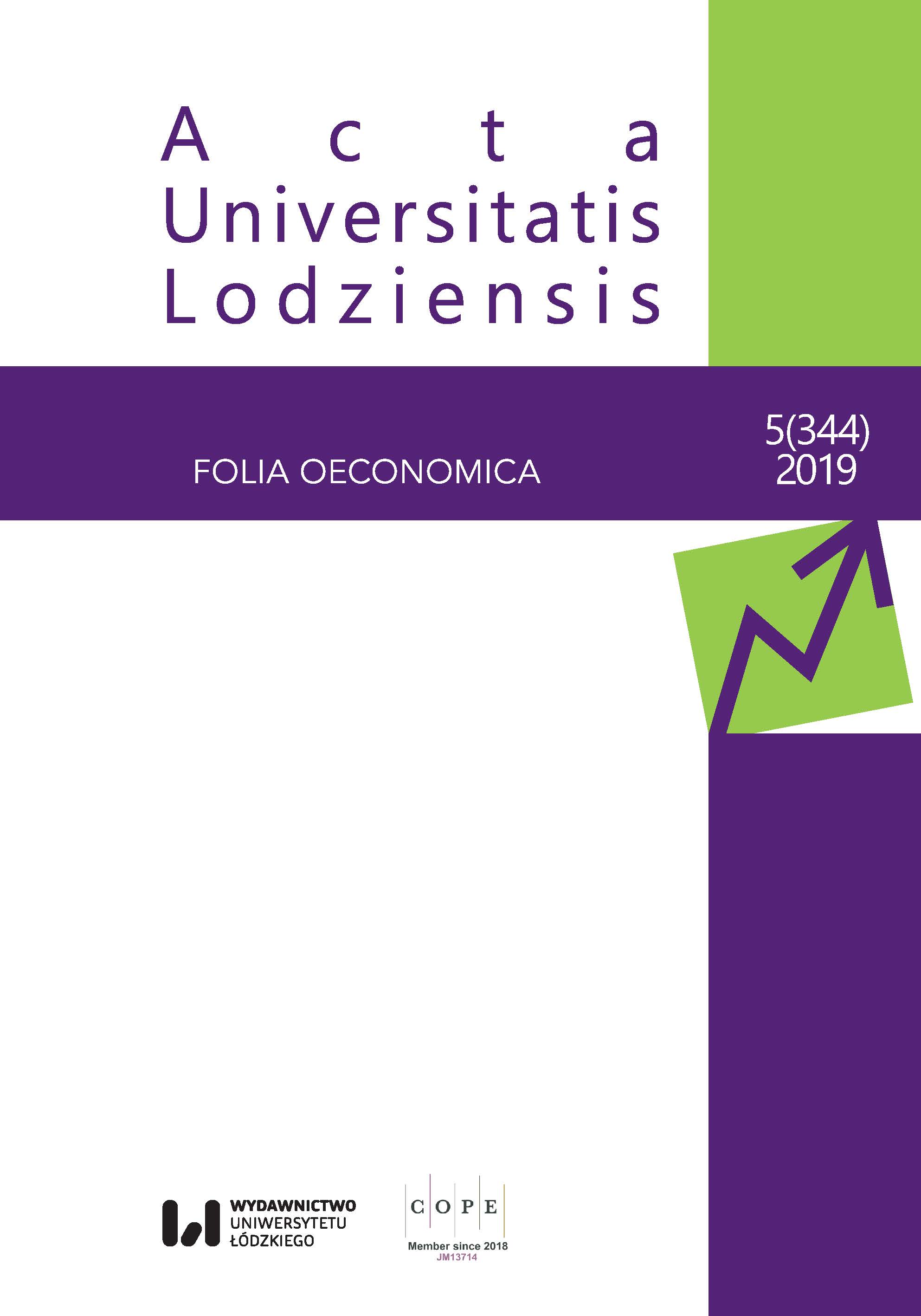Cultural Differences and the Consumption Structure in the European Union Countries
Cultural Differences and the Consumption Structure in the European Union Countries
Author(s): Mateusz JankiewiczSubject(s): Economy
Published by: Wydawnictwo Uniwersytetu Łódzkiego
Keywords: culture;consumption structure;cluster analysis;spatial models
Summary/Abstract: The aim of the paper is to study the cultural differentiation in the European Union countries and compare it with the differentiation in their consumption spending. The question is whether similar countries in terms of culture have similar final consumption expenditures and consumption structures. Culture in this research is characterised by six Hofstede dimensions – power distance, individualism vs. collectivism, masculinity vs. femininity, uncertainty avoidance, long term orientation and indulgence vs. restraint. The consumption structure is characterised by share of durable goods, semi‑durable goods, non‑durable goods and services in households’ final consumption. In the analysis, the influence of culture on the share of non‑durable goods and services in final consumption expenditures is considered. Countries’ similarities in these two aspects are evaluated with the use of the cluster analysis approach – the k‑means algorithm and the Ward clustering method. The dependence between the structure of final consumption expenditures and culture is investigated using spatial autoregressive (SAR) and spatial error (SE) panel data models.
Journal: Acta Universitatis Lodziensis. Folia Oeconomica
- Issue Year: 5/2019
- Issue No: 344
- Page Range: 101-113
- Page Count: 13
- Language: English

